As Figma went public this week to much fanfare—and an almost instantaneous 250% stock pop—quite a few folks from Silicon Valley made money.
But the biggest winner in terms of immediate IPO proceeds is not any of the marquee Silicon Valley venture capital firms such as Index Ventures, Greylock, and Kleiner Perkins, who sold only small slivers of their stakes in the offering. Nor is it any of the Figma management team, including CEO Dylan Field, who have most of their equity locked in the company.
Instead, a Novato, Calif.-based charity took home the biggest payout. The Marin Community Foundation, located an hour north of San Francisco and focused on grantmaking around issues like education, health, economic opportunity, and environmental concerns, sold more than 13.4 million shares in the offering, making it the largest selling shareholder (Figma itself only sold 12.5 million shares).
As Figma initially priced its shares at $33 a pop, the Marin Community Foundation sold off its stake to the tune of more than $440 million. (If it had waited, of course, that stake would now be worth well over $1 billion.)
The charity received its shares in Figma over the summer from Evan Wallace, the company’s elusive cofounder, a source familiar with the matter told Fortune. This isn’t necessarily a common practice right before a company goes public, another source told Fortune, but is one that does crop up from time to time—a founder with a connection to a charity giving shares with upside. There are adjacent examples from the past, including Mark Zuckerberg in 2013 donating $1 billion in Facebook shares to the Silicon Valley Community Foundation (though Zuck’s gift happened after Facebook’s 2012 IPO.)
A spokesperson for MCF described the foundation as “one of the largest community foundations in the U.S.,” adding “that a community foundation is a public charity that manages the philanthropy of individuals, families and institutions.” The spokesperson declined to comment on anything specific about the Figma gift, citing its privacy policy regarding individual donors or nonprofits.
Why Wallace made the gift to the foundation, and whether he has any personal connection to it, is not clear. Figma declined to provide a comment on behalf of Wallace, and Fortune was unable to reach him directly. Wallace and Figma CEO Dylan Field cofounded the company in 2012 after meeting as students at Brown University. Wallace stepped away from Figma in 2021 and has tended to stay out of the public eye.
The part of the charity that Wallace gave the shares to—the MCF Gift Fund—suggests that the Figma cofounder’s grant may involve a so-called donor advised fund, a tax efficient structure whereby a wealthy individual puts money into a non-profit and is then able to direct the funds to various causes. The Marin Community Foundation’s spokesperson said that the MCF Gift Fund “facilitates the acceptance of complex gifts that can be turned into philanthropic capital to enable donors to fulfill their philanthropic ambitions.”
But the Figma founder’s philanthropical move has a historical wrinkle that makes it even more interesting…
Before AI money there was oil money
Interestingly, the Marin County Foundation, which had about $2.8 billion in total assets at the end of 2024, is itself the product of a previous generation of big business—and of a bitter, years-long legal fight for control of the money.
The foundation’s history traces back to Beryl and Leonard Buck, whose wealth was linked to an investment in Belridge Oil. When Beryl Buck died in 1975 she gave the money to the San Francisco Foundation, with the wish that it be used for causes in Marin County, where she had lived in the tony town of Ross. But when oil giant Shell purchased the rights to Belridge Oil four years later for more than $3.6 billion, the value of the $7.6 million Buck Trust was suddenly worth $240 million ($1 billion in today’s dollars), and the SF Foundation became the 11th largest foundation in the U.S., according to a history on its website.
The problem, as the SF Foundation explains it, was that “we found ourselves in the uncomfortable position of granting tens of millions of dollars each year (far more than we granted to all other counties combined) to the wealthiest county in the Bay Area.”
Or as a story in the LA Times noted back then, one of the country’s most well-resourced charities was stuck looking for ways to spend all the money in the ‘hot-tub capital of America.’
 Marin County, California is among the wealthiest in the U.S.
Marin County, California is among the wealthiest in the U.S.When the Foundation went to court to seek permission to spend some of the money in other, needier parts of the Bay Area, a public firestorm ensued. The move was “characterized as a threat to the sanctity of wills and the health of philanthropy, and as an offense against capitalism, the American way of life, and God,” Yale Law School professor John G. Simon wrote of the affair. “Foundation personnel were said to be corrupt and dishonest and, in the language of a Marin County supervisor, ‘grave-robbing bastards.’”
In the end, the San Francisco Foundation lost its court battle, and a new organization—The Marin Community Foundation—was created in 1986 to administer the Buck Trust.
Now, 39 years later, the Marin County Foundation is getting another massive windfall. Whether Wallace is aware of the contentious and famous story behind the foundation he picked is a mystery. But, wittingly or not, the reclusive Figma cofounder has managed to put the foundation back in the headlines at the cusp of another historical moment in business history and wealth creation.
This story was originally featured on Fortune.com

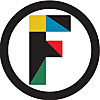 4 hours ago
1
4 hours ago
1




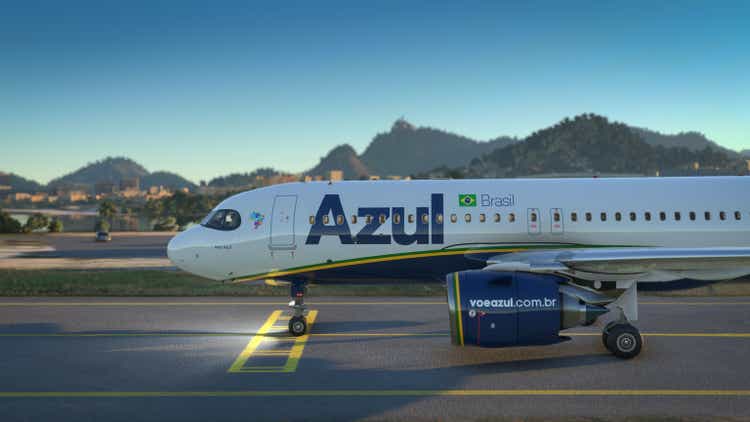
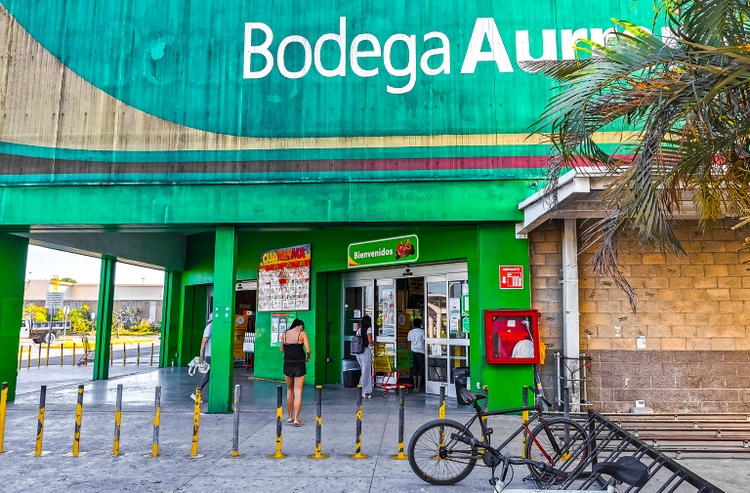

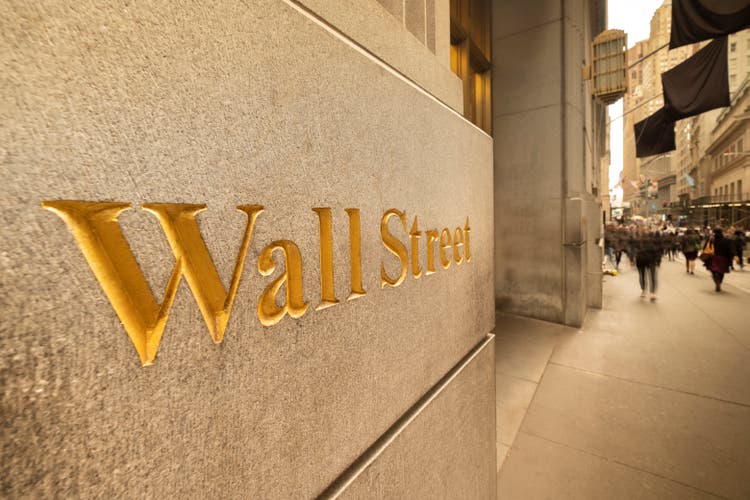






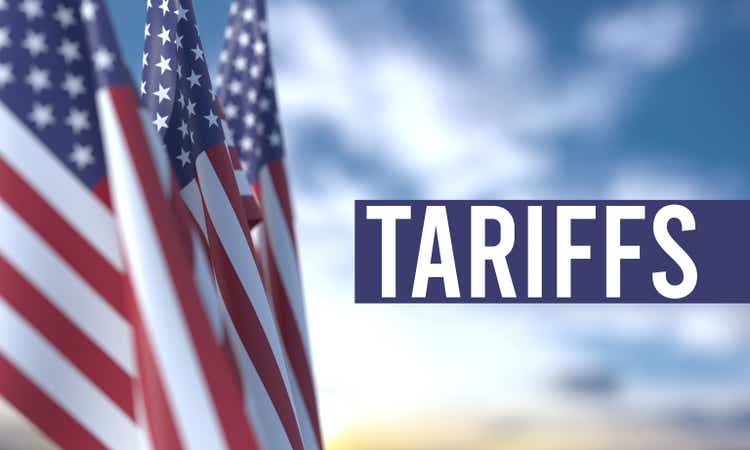






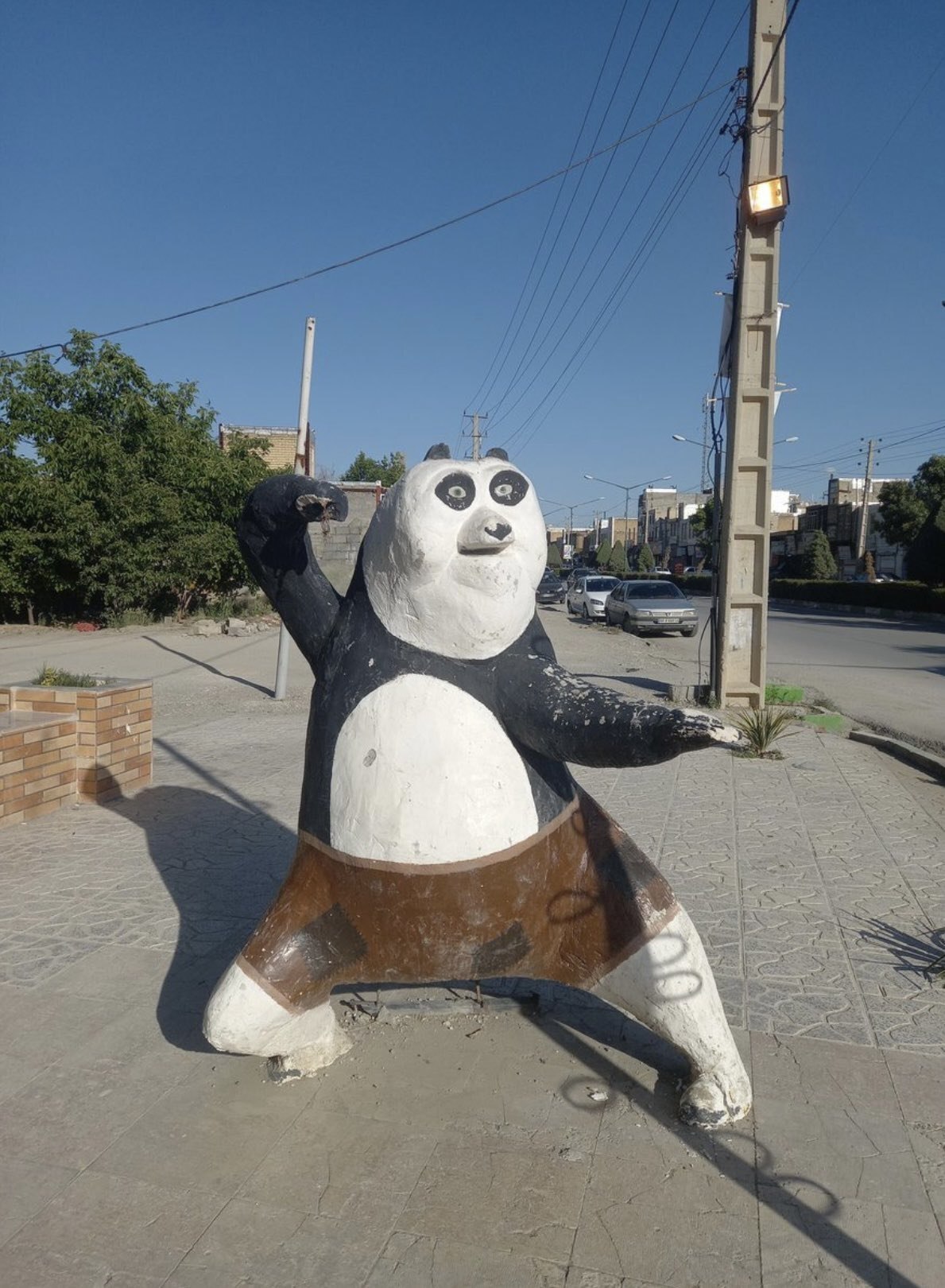
 English (US) ·
English (US) ·